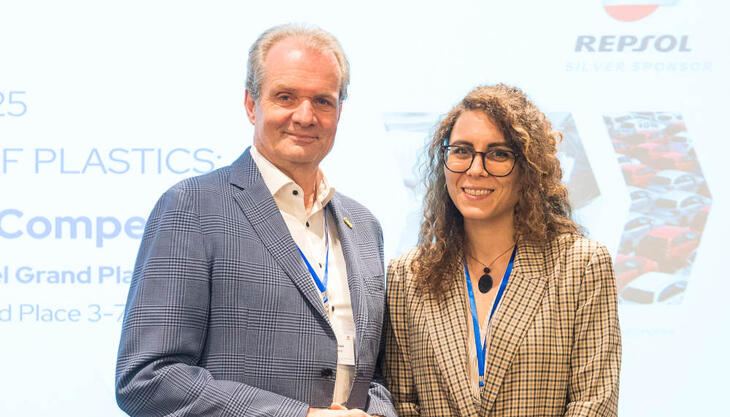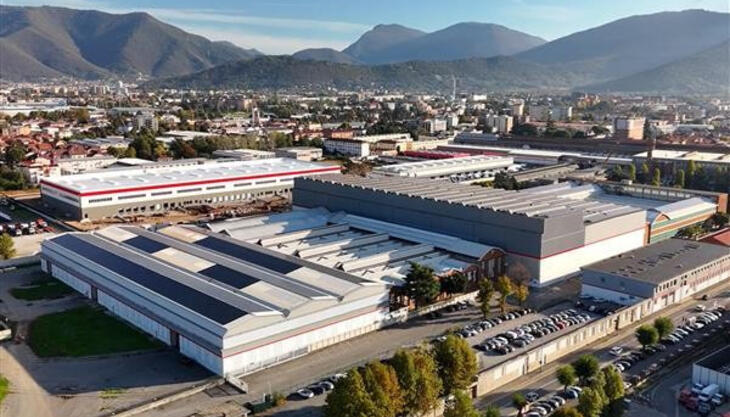Lab rotomoulding machine

A Rotaut RT 1051B machine, in the lab version with bracket arm, digital LPG burner and Omron PLC, was recently installed by Caccia Engineering at the facilities of a Belgian multinational company. The producers of polymers used in rotational moulding machines, like labs and research centres that study the chemical and physical processes of raw materials, require machines that are able to produce samples without defects and with maximum uniformity and repeatability, to be used in lab tests. Many tests performed on products manufactured on rotational moulding machines are based, on the one hand, on scientific methods, i.e. the collection of experimental data measurable through observation and instrumental means (MFI, densimetry, tensile or impact strength, cross-linking, polydispersity index, softening point, etc.) and, on the other, on the formulation of hypotheses and theories to be submitted to experimental verification.
The laboratory machines offered by the company are able to meet these stringent needs, primarily thanks to the flexibility deriving from the possibility of adjusting the process parameters, which makes it possible to produce any type of item, from the simplest to the most complex, using any raw material present on the market. These machines, equipped with systems for measuring the temperature inside the moulds, provide researchers with an integrated analysis instrument that is ready for use. They also stand out for their low energy consumption and high efficiency, guaranteeing high added value in terms of productivity, environmental sustainability and lower operating costs. Thanks to the contribution of Sensorless-Vector inverters with energy-saving function, specific software, digital burners and advanced patented devices, savings of up to 38% can be made on the running costs of the rotational ovens, in comparison with traditional machines.
Rotational moulding machines designed for laboratory use incorporate particular features on the thermal bridges, so as to further reduce heat dispersion and the emission of fumes during the process, and thus keep the environment surrounding the machine constant. Heating can be obtained by means of natural gas, LPG or electric resistances, while the maximum spherical diameter is 1050 mm with a straight or bracket arm.
















